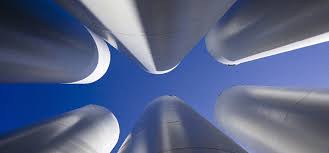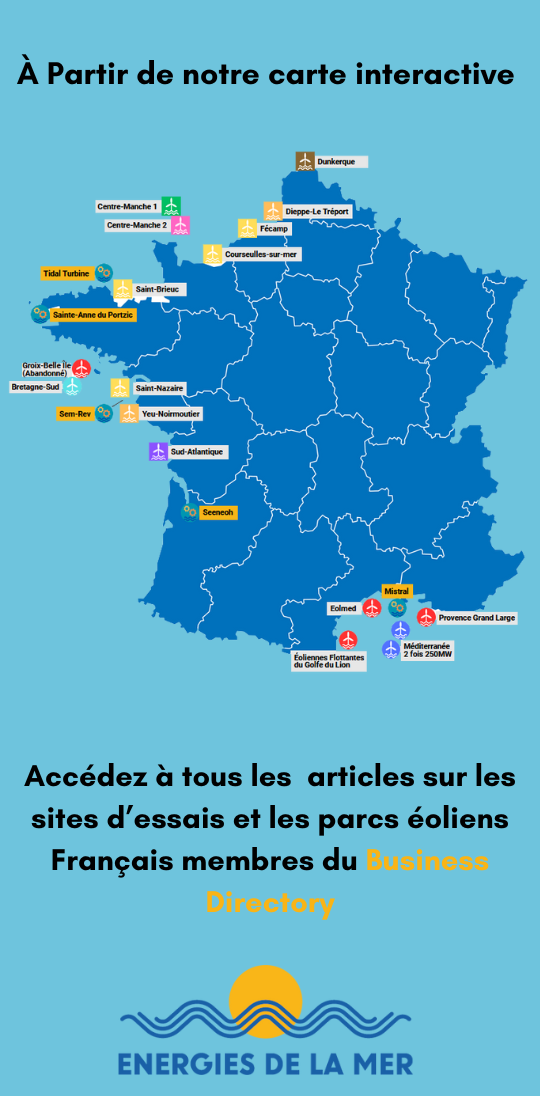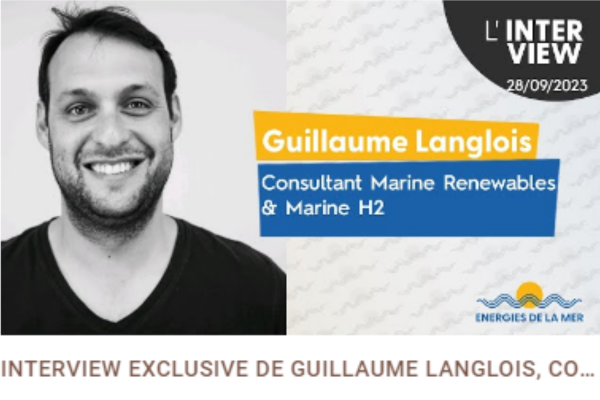UK – 15/09/2017 – energiesdelamer.eu – Three new windfarms are to be built in the UK as offshore wind prices reach their lowest levels ever. This follows research published by Lloyd’s Register in February 2017 revealing that the majority of industry experts were confident that renewable energy was reaching cost parity.
In the latest CfD round, announced this week, DONG Energy, Innogy and EDPR have been awarded licences to build new windfarms in the UK – and the cost of offshore wind has fallen by 50% since 2015.
Wind farm developers submit bids to build new windfarms and the Government awards Contracts for Difference (CfDs) to those who can deliver the project at the lowest rate of subsidy (strike price, or guaranteed wholesale price). In 2015, strike prices were between £114 – £117. This time around, three CfDs were awarded to offshore wind projects, two with a strike price of £57.50/MWh.
Triton Knoll (Innogy) is due to produce first power in 2021, followed by Hornsea Two (DONG Energy) and Moray East (EDPR) in 2022-3. With a capacity of 1.4 GW, Hornsea Two will become the world’s largest windfarm.
At Hornsea Two, our teams are providing project certification services for Module 6 design evaluation for the offshore substation platform (OSS) and the reactive compensation substation (RCS). At Moray East, we continue to manage offshore geophysical surveys and geotechnical site investigations to characterise the seabed and sub-seabed environment. We are creating detailed 3D ground models that support the client’s understanding of the site and informing development plans and costs.
Karl Ove Ingebrigtsen, Director of Low Carbon Power Generation said: “LR has a long and proud marine heritage, backed up by decades of experience in the traditional energy industry. We are delighted to be applying the weight of our expertise to the growth of low carbon energy. The fact offshore wind prices are now comparable with fossil fuels reinforces the importance of this growing sector and we are extremely pleased to be playing our part.”
One of the key drivers of growth is technology innovation, which is breaking down the challenge of intermittency. The larger technology now being deployed will have greater load factors (the actual output of a turbine benchmarked against its theoretical maximum output in a year) and be less reliant on back-up. The latest estimates are that this new round of offshore windfarms will have load factors close to 50%, compared with 37% currently.
Clearly, energy security – now and in the future – depends on a diverse energy mix, but the rapid growth of offshore wind demonstrates that it is an increasingly vital and viable part of the mix.
Publicités Google :








